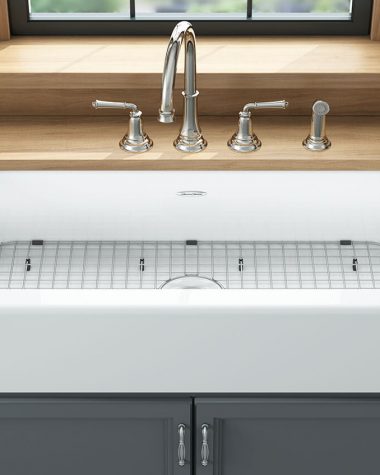The Process of Installing Solar Panels
These days, installing solar panels on your home or business is becoming more common, and for good reason. Not only are solar panels a great way to reduce your carbon footprint and help the environment, but they can save you money as well. So what exactly does the process of installing solar panels entail? Here’s a look.
1. Planning and Research
The first step in the process of installing solar panels is to do some planning and research. Before beginning the installation, you should look into the various types and sizes of solar panels, as well as any local zoning and permit requirements that may be necessary. This will help you determine the most suitable location for the solar panels and ensure that everything is in compliance with local laws. Additionally, you should also consider any potential effects that installing solar panels might have on your home or business.
2. Finding the Right Installer
Once you have done your research and have a plan in place, it is time to find the right installer. A reliable installer will be able to assess your needs and provide you with a quality installation that is tailored to your individual solar power goals. It is important to research local installers and find one that has a reputable track record and a long history of successful installations. Be sure to also ask about any warranties or guarantees they may be able to provide.
3. Solar Panel Installation
Once you have chosen an installer, it is time to begin the installation process. This usually involves mounting the solar panels on the roof, connecting them to the electrical grid, and making sure that the system is properly grounded. The process can vary depending on the type and size of the solar panel system, as well as any local ordinances or regulations. Depending on the complexity of the installation, the entire process can range anywhere from a few hours to a few days.
4. Solar Panel Maintenance
Once the installation is completed, it is important to perform regular maintenance on the solar panels to keep them working at optimal efficiency. This usually involves checking the connection to the electrical grid, cleaning the panels, and checking for any loose panels or wiring. If there are any problems, it is important to address them immediately before they become more serious. Additionally, you should monitor your energy usage regularly to ensure that the system is performing up to your expectations.
5. Reaping the Benefits
After the installation is complete and the system is functioning properly, it is time to reap the rewards of your investment. Solar power will not only help reduce your carbon footprint but can also save you money on electricity bills. Additionally, it can also provide a reliable source of energy in the event of power outages.
Conclusion
As you can see, the process of installing solar panels is relatively straightforward but should still be approached with care and consideration. With proper planning, research, and maintenance, you can be sure that your solar panels will provide your home or business with both environmental and financial benefits for many years to come.
What kinds of preparation is required before installing solar panels?
1. Assess your property: The first step before installing solar panels is to assess your property to determine the best location to install them. This includes considering factors such as roof space and orientation, sunlight exposure, shading from nearby trees or buildings, roof type, local regulations, and any restrictions imposed by your homeowner’s association.
2. Obtain quotations from solar installers: Get in touch with qualified, experienced solar installers to get quotes and check availability.
3. Secure the permits: Before moving forward with the installation, you will need to secure the necessary permits from your local authorities.
4. Evaluate financing options: Consider different financing options such as solar leasing, solar loans, and residential solar tax credits that can help to offset the cost of solar installation.
5. Review maintenance requirements: Before you commit, understand the maintenance requirements of solar panels, such as keeping them clean. Make sure you are prepared to have the system properly inspected and maintained as recommended by your installer.
What are the different types of solar panels?
1. Monocrystalline Solar Panel: This type of solar panel is made out of a single silicon crystal and is the most common type of solar panel used in residential and commercial installations. Monocrystalline solar panels are efficient, reliable and durable, and have an average lifespan of 25-30 years.
2. Polycrystalline Solar Panel: Polycrystalline solar panels are made out of several different silicon crystals, and are slightly less efficient than monocrystalline solar panels, but have a similarly long lifespan.
3. Thin-Film Solar Panel: Thin-film solar panels are made out of a thin layer of photovoltaic material, typically amorphous silicon. They are less efficient than other panels, but are more flexible and are often used on curved surfaces, such as on boats or caravans.
4. Bifacial Solar Panel: Bifacial solar panels are two-sided, allowing them to collect sunlight on both the front and back side, and are becoming increasingly popular for large-scale solar installations.
5. Concentrated Solar Panel: Concentrated solar panels, otherwise known as CPV, use lenses or mirrors to focus sunlight onto smaller, highly efficient solar cells. They require large amounts of space, but can generate significantly higher amounts of electricity than other types of solar panels.
